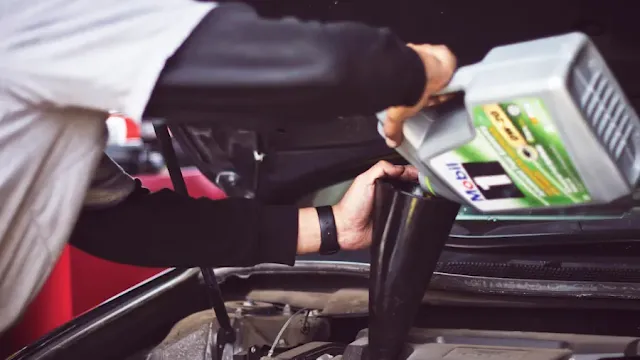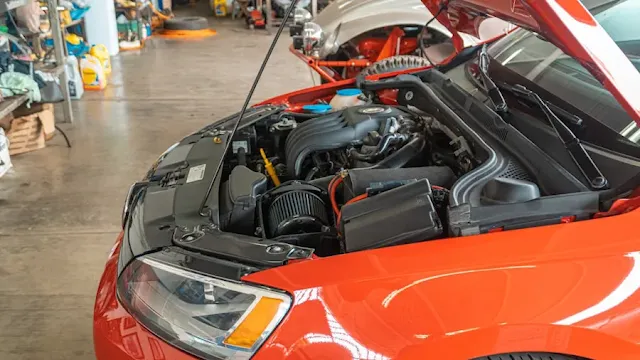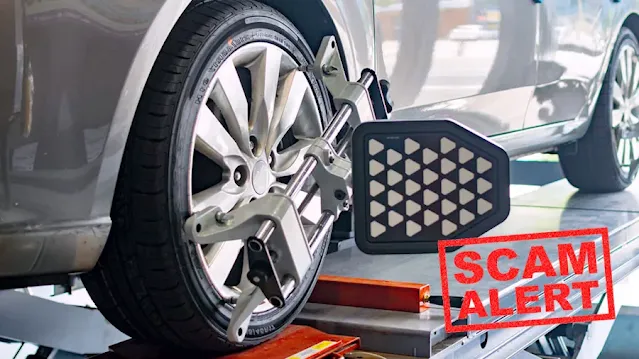Tire rotation is a crucial aspect of vehicle maintenance that ensures even wear and extends the life of your tires. However, many drivers overlook this essential task, often leading to various problems that can compromise safety and performance. In this article, we'll explore what happens if you don't rotate your tires, why tire rotation is important, and how often you should do it to keep your vehicle in optimal condition.
Can You Rotate Tires Too Often?
While tire rotation is essential, doing it too frequently is generally unnecessary and can lead to additional issues. Over-rotation can cause unnecessary wear on the lug nuts and studs, which secure your tires, potentially compromising your vehicle's safety. Additionally, tire rotation services often come at a cost, so excessive rotations can lead to unnecessary expenses. Damaged lug nuts and studs can also be expensive to replace. Stick to the schedule recommended by your vehicle's manufacturer or your trusted mechanic to ensure the longevity and performance of your tires.
What Happens if You Never Rotate Your Tires?
Neglecting to rotate your tires can lead to uneven tire tread wear, creating a rough and potentially unstable driving surface. This uneven wear can reduce your safety on the road, increasing the risks of heat buildup, hydroplaning, poor traction in snow and ice, and a higher likelihood of punctures and blowouts. Regular tire rotation helps maintain even tread wear, enhancing your vehicle's handling, performance, and overall safety.
How Often Should Tires Be Rotated?
As a general rule, you should rotate your tires every 5,000 to 7,500 miles, or during every oil change, as the intervals for these services are similar. However, always refer to your vehicle's owner's manual for specific recommendations or seek advice from your trusted mechanic. Several factors can affect the frequency of tire rotation:
- Driving Habits: Frequent driving on bumpy or uneven roads, or carrying heavy loads, can cause tires to wear out faster and may require more frequent rotation.
- Type of Tires: Different tires wear at different rates. For example, performance tires may wear out faster than all-season tires, necessitating more frequent rotations.
- Climate: Extreme weather conditions, whether hot or cold, can accelerate tire wear. If you live in such an area, you may need to rotate your tires more often.
Which Tires Cannot Be Rotated?
Not all tire rotation services are the same. Some cars have rear wheels that are larger than the front tires, meaning you cannot rotate front to back and vice versa. Fortunately, your mechanic will be aware of these requirements and can perform the appropriate tire rotation for your specific vehicle.
By following these guidelines and maintaining a regular tire rotation schedule, you can ensure your tires wear evenly, prolong their lifespan, and maintain your vehicle's safety and performance.
New Cars No Longer Have a Spare Tire
Do I Need a Wheel Alignment? Or Is It a Dealer Scam?
How long should Tesla tires last?
Is it worth putting nitrogen in your tires?


















